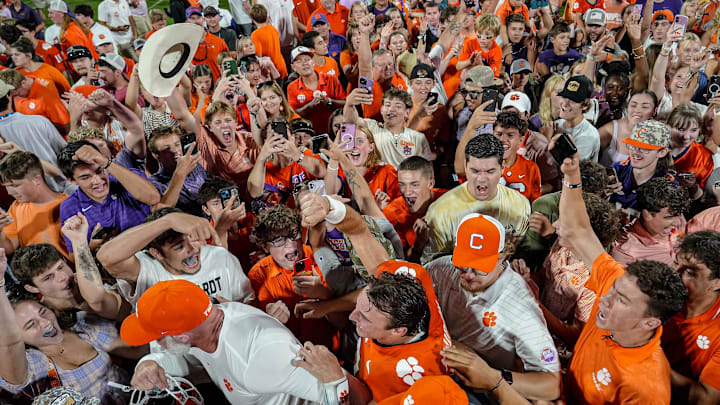The NCAA’s Division I Board of Directors took a firm step Thursday in reshaping how name, image and likeness (NIL) deals are handled, approving two rules that could dramatically alter recruiting and roster building.
No Guaranteed Payments: Schools can no longer promise to cover a player if a collective fails to pay. That practice—used by some programs to secure commitments—will now count against an institution’s spending cap.
Proof of Activation: Collectives and boosters must now provide a specific deliverable, such as an ad, appearance, or promotion, for every NIL payment. The era of “warehousing” players with upfront money and vague future promises is over.
Both measures target loopholes that allowed schools and collectives to funnel extra cash into “above-the-cap” deals.
Per sources, the NCAA's D1 Board of Directors adopted a couple new NIL rule changes today:
— Dan Murphy (@DanMurphyESPN) October 2, 2025
1)Schools can no longer guarantee a player any money from a 3rd-party NIL deal (verbally or in writing).
2) And all collective/booster deals must include a specific "direct activation."
Why It Matters
For years, NIL has operated in the gray. These rules are designed to bring structure to what had become a free-for-all:
For players: Gone are the financial safety nets some schools quietly provided when collectives couldn’t deliver. If the money dries up, athletes are left exposed.
For collectives: Every deal must now have a clear exchange. Inflated contracts with no real marketing value will be flagged.
For oversight: By forcing transparency, the NCAA and CSC can better gauge fair-market value and curb artificial inflation of player contracts.
The Ripple Effect
The fallout could be wide-reaching:
Recruiting Shifts: Without guaranteed deals, prospects may be more cautious about signing with schools tied to unstable collectives.
Competitive Balance: Mid-tier programs may benefit in theory, but history shows the richest schools usually adapt quickest.
Legal Battles Ahead: With billions already flowing, challenges from boosters and athletes are almost certain.
The Numbers Behind NIL
- NIL collectives distributed $1.3 billion to athletes last year, per Opendorse.
- Nearly 80% of Power 5 collectives relied on advance payments or “warehousing” models.
- At least a dozen lawsuits tied to NIL contracts have emerged since 2021.
- The NCAA’s changes aim to rein in a system where money often moved faster than regulation.
Bottom Line
The NCAA didn’t end the NIL arms race—it simply changed the rules of engagement. Schools can no longer shield players from broken promises, and collectives must put substance behind every dollar. The question now: Will this restore balance, or just push the sport’s power brokers to find new workarounds?
